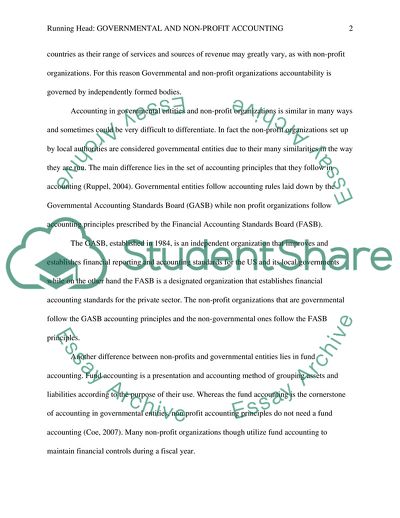Cite this document
(Governmental and Non-Profit Accounting Report Example | Topics and Well Written Essays - 1500 words, n.d.)
Governmental and Non-Profit Accounting Report Example | Topics and Well Written Essays - 1500 words. https://studentshare.org/finance-accounting/1733289-government-and-non-profit
Governmental and Non-Profit Accounting Report Example | Topics and Well Written Essays - 1500 words. https://studentshare.org/finance-accounting/1733289-government-and-non-profit
(Governmental and Non-Profit Accounting Report Example | Topics and Well Written Essays - 1500 Words)
Governmental and Non-Profit Accounting Report Example | Topics and Well Written Essays - 1500 Words. https://studentshare.org/finance-accounting/1733289-government-and-non-profit.
Governmental and Non-Profit Accounting Report Example | Topics and Well Written Essays - 1500 Words. https://studentshare.org/finance-accounting/1733289-government-and-non-profit.
“Governmental and Non-Profit Accounting Report Example | Topics and Well Written Essays - 1500 Words”. https://studentshare.org/finance-accounting/1733289-government-and-non-profit.


